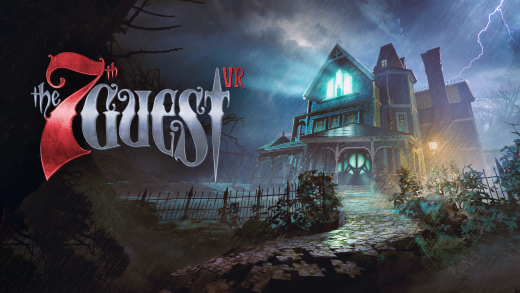
On an early April morning, around 4 am, a San Francisco Fire Department truck responding to a fire tried to pass a doubled-parked garbage truck by using the opposing lane. But a traveling autonomous vehicle, operated by the General Motors subsidiary Cruise without anyone inside, was blocking its path. While a human might have reversed to clear the lane, the Cruise car stayed put. The fire truck only passed the blockage when the garbage truck driver ran from their work to move their vehicle.
“This incident slowed SFFD response to a fire that resulted in property damage and personal injuries,” city officials wrote in a filing submitted to the California Public Utilities Commission. The city wrote that the fire department is concerned that Cruise vehicles stop too often in travel lanes, which could have a “negative impact” on fire department response times.
It’s the most unnerving of a handful of incidents involving Cruise vehicles alleged by the city of San Francisco, as officials object to parts of a proposed permit program being crafted by the California Public Utilities Commission, which regulates ride-hail across the state.
Content
This content can also be viewed on the site it originates from.
Tiffany Testo, a spokesperson for Cruise, confirmed the incident. She said the driverless car had correctly yielded to the oncoming fire truck in the opposing lane and contacted the company’s remote assistance workers, who are able to operate vehicles in trouble from afar. According to Cruise, which collects camera and sensor data from its testing vehicles, the fire truck was able to move forward approximately 25 seconds after it first encountered the autonomous vehicle. In a statement, Testo says that Cruise “works closely with first responders, including SFFD, and have been in contact with them regarding this encounter.” The city’s filing said the department has requested a meeting with Cruise about the incident, but that it has yet to take place.
The SFFD also confirmed the incident, which involved Engine 12, based in the city’s Parnassus Heights neighborhood. “Pre-Covid, the department was in discussions with both electric (EV) and autonomous vehicles for training,” said SFFD spokesperson Jonathan Baxter in a statement. “We have been successful with EV training and continue to seek industry training related to autonomous vehicles.”
In San Francisco, Cruise is just one of the dueling self-driving car developers that say they’re working to build a safer driving future. Waymo, an Alphabet company and a spinoff from Google, and Zoox, now owned by Amazon, both have a presence on the city’s steep, winding roads, and locals don’t have to travel far to see sensor-laden Jaguar I-Paces, Chevrolet Bolts, and Toyota Highlanders tracing routes around downtown and residential neighborhoods. Now Cruise is applying for a permit that would allow it to launch the state’s first driverless ride-hail service. The sprawling, expensive science experiment could also change the way many city dwellers navigate their cities.
San Francisco alleges two more incidents: one, in late April, in which a Cruise vehicle traveling through a work zone stopped in a crosswalk and didn’t move for five minutes, blocking traffic; and another in April, captured on camera, in which police officers stopped a Cruise vehicle without a driver because it didn’t have its headlights on.
The filing comes as a state agency is in the midst of writing rules that would allow Cruise to move ahead with its plans to operate limited but paid ride-hail services across the state. In San Francisco, a new permit would expand Cruise’s existing program. It currently allows select members of the pubic to take autonomous rides between 10 pm and 6 am, in 70 percent of the city. If the company wins a new permit, it could start to collect fares for the rides, which would still occur at night and in the early morning, and not in rain or fog. It would mark the launch of the state’s first driverless ride-hail service.


